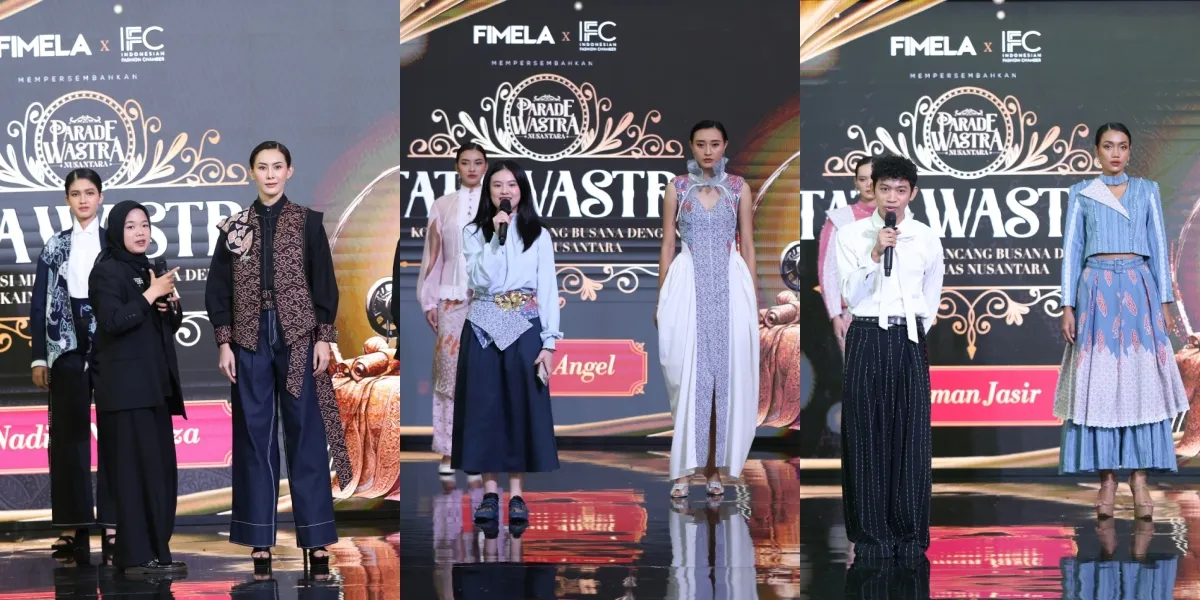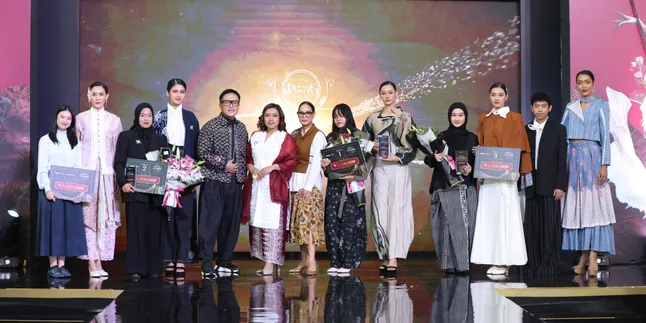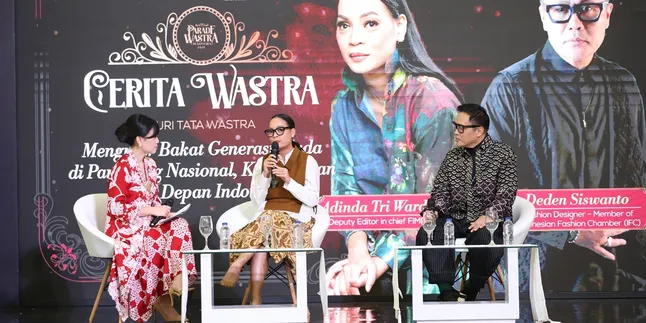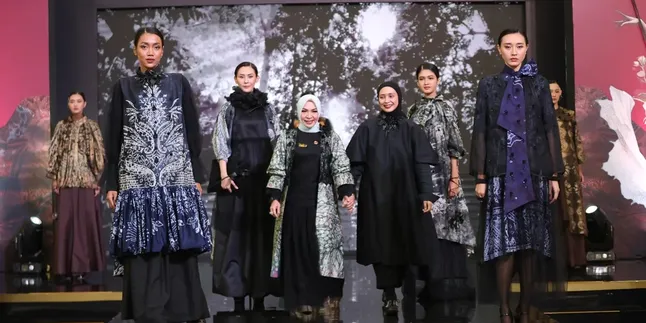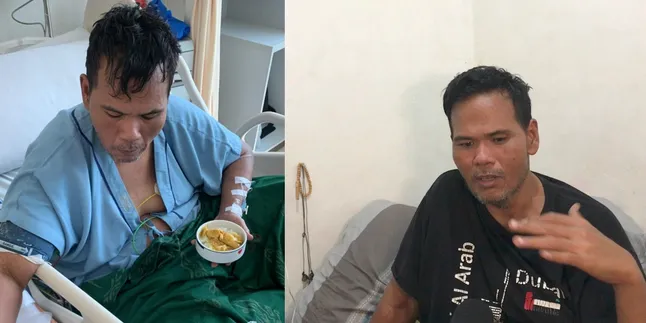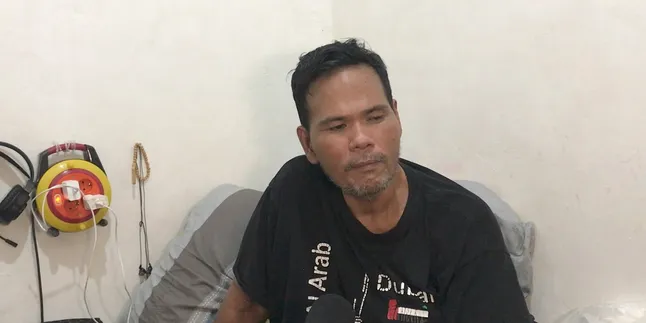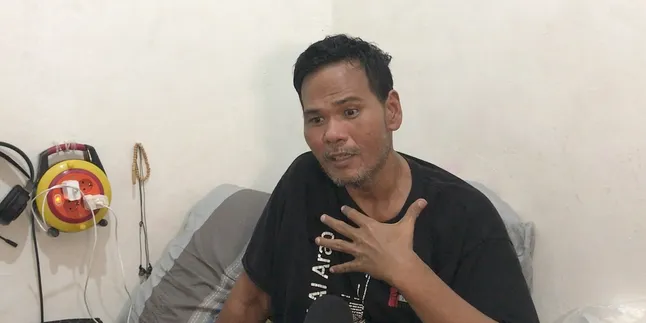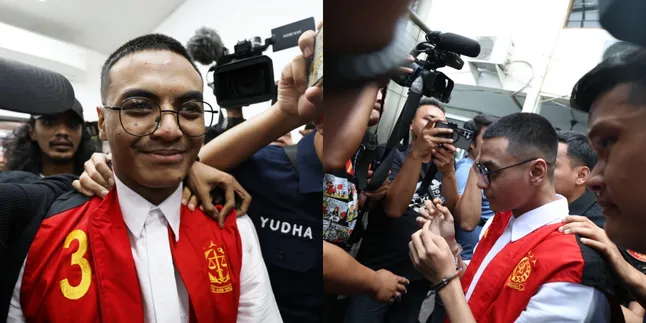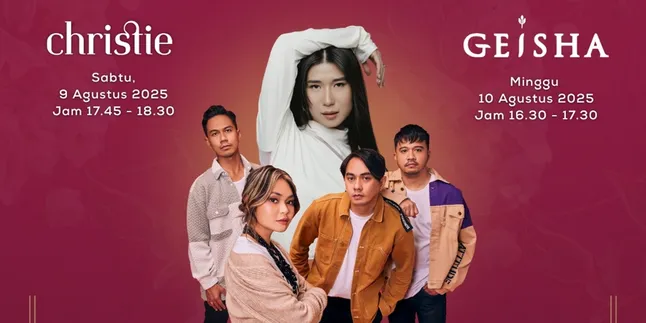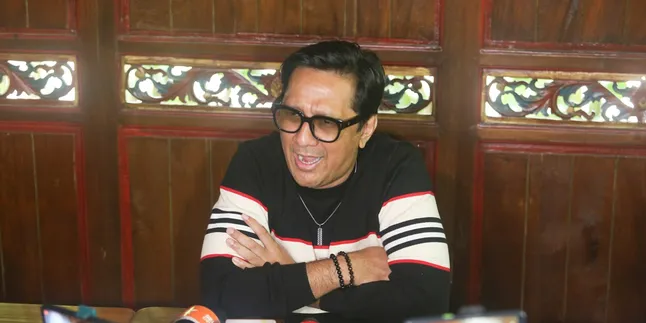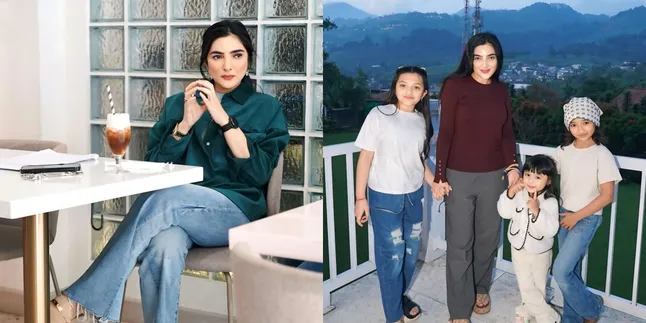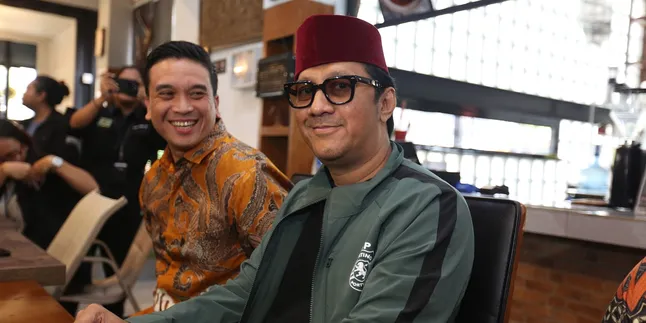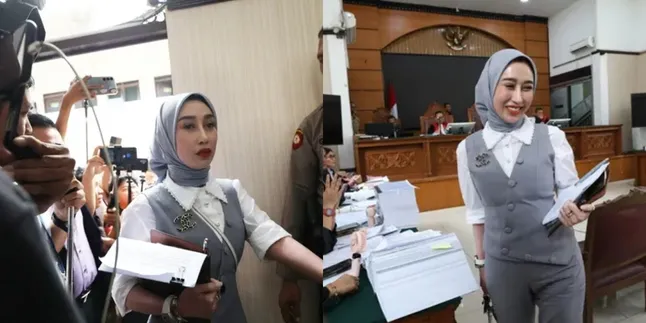Kapanlagi.com - In this modern era, batik is no longer synonymous with formal events. Nusantara textiles like Batik Trusmi with the iconic Mega Mendung and Kawung motifs are presented in fresh, modern, and elegant new forms for everyday wear through the Tata Wastra 2025 competition.
Fimela, in collaboration with the Indonesian Fashion Chamber (IFC), has once again held Tata Wastra as part of the Nusantara Textile Parade since last May. This year, the theme is "The Elegance of Cultural Heritage Wrapped in Everyday Life," challenging young designers to create stunning works that are also relevant for modern women.
A stringent selection process filtered more than 300 submissions down to 25 top works and 15 semifinalists who participated in a workshop on June 11, 2025. This long journey ultimately produced the top 5 finalists: Ayu Nur Khofipah, Nadila Nurfaiza, Desi Dwi Lestari, Carron Angel, and Human Jasir.
The five finalists showcased their three signature looks on the stage of the Nusantara Textile Parade on August 8, 2025, at the Atrium Kota Kasablanka, Jakarta. Each design combines the richness of tradition with contemporary touches, ready to captivate the eyes of fashion enthusiasts.
Let's take a look at the works of the Tata Wastra finalists! If not now, when?
1. Carron Angel - The Rise of Peranakan
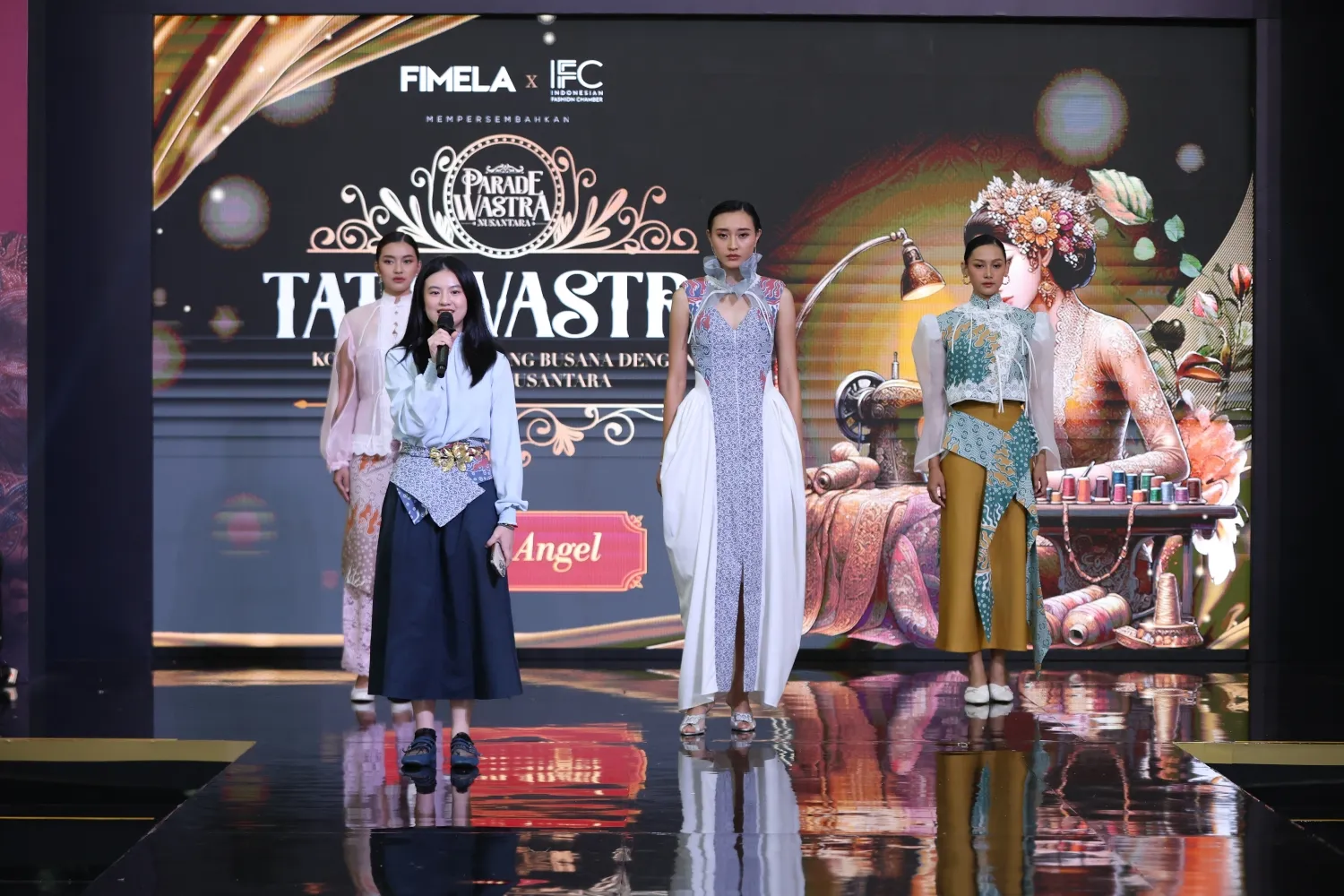
© KapanLagi.com/Budy Santoso
The show was opened by Carron Angel with a collection titled The Rise of Peranakan. It combines megamendung batik and kawung motifs in a soft pastel palette, enriched with colorful organdy fabric. Details like lace, modern Shanghai buttons, and characteristic cutting techniques such as mandarin collars, puff sleeves, front slits, and lace organza create a harmony between tradition and contemporary touches.
This collection is inspired by the cultural acculturation of Chinese with Malay, Javanese, and Betawi, the historical identity of the Peranakan. Carron challenges herself to process three pieces of Batik Trusmi with megamendung motifs in different colors, resulting in garments that are not only beautiful but also tell a story of resilience across generations.
2. Ayu Nur Khofipah - Laras Manikam
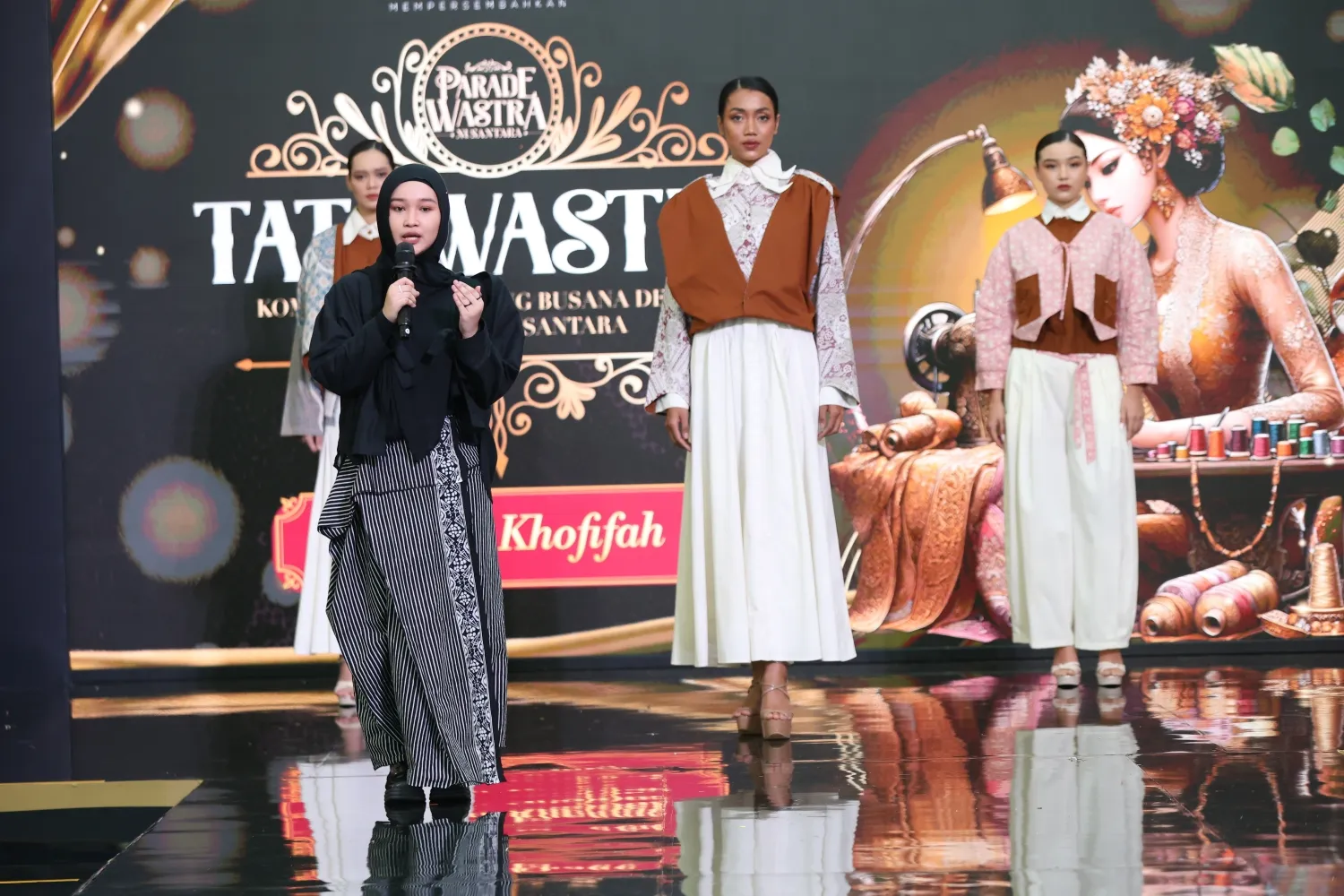
© KapanLagi.com/Budy Santoso
For some people, a childhood birthday dress is a small symbol of self-confidence. The Laras Manikam collection by Ayu Nur Khofipah revives that memory, not for children, but for adult women who still carry the spirit of boldly appearing with softness.
Inspired by her 6th birthday, Ayu combines origami and quilting techniques on leftover fabric pieces, cotton twill, and batik Trusmi with Mega Mendung Sungaiyan motifs, Peranakan kawung, and sekar jagad megamendung. One look features a multifunctional outerwear that can be detached, creating a silhouette resembling a cape, making this outfit adaptive for various occasions.
"Laras" symbolizes the balance between the past and the present, while "Manikam" means the shine of self-confidence that arises from feeling valued and loved.
3. Nadila Nurfaiza - YUNARA
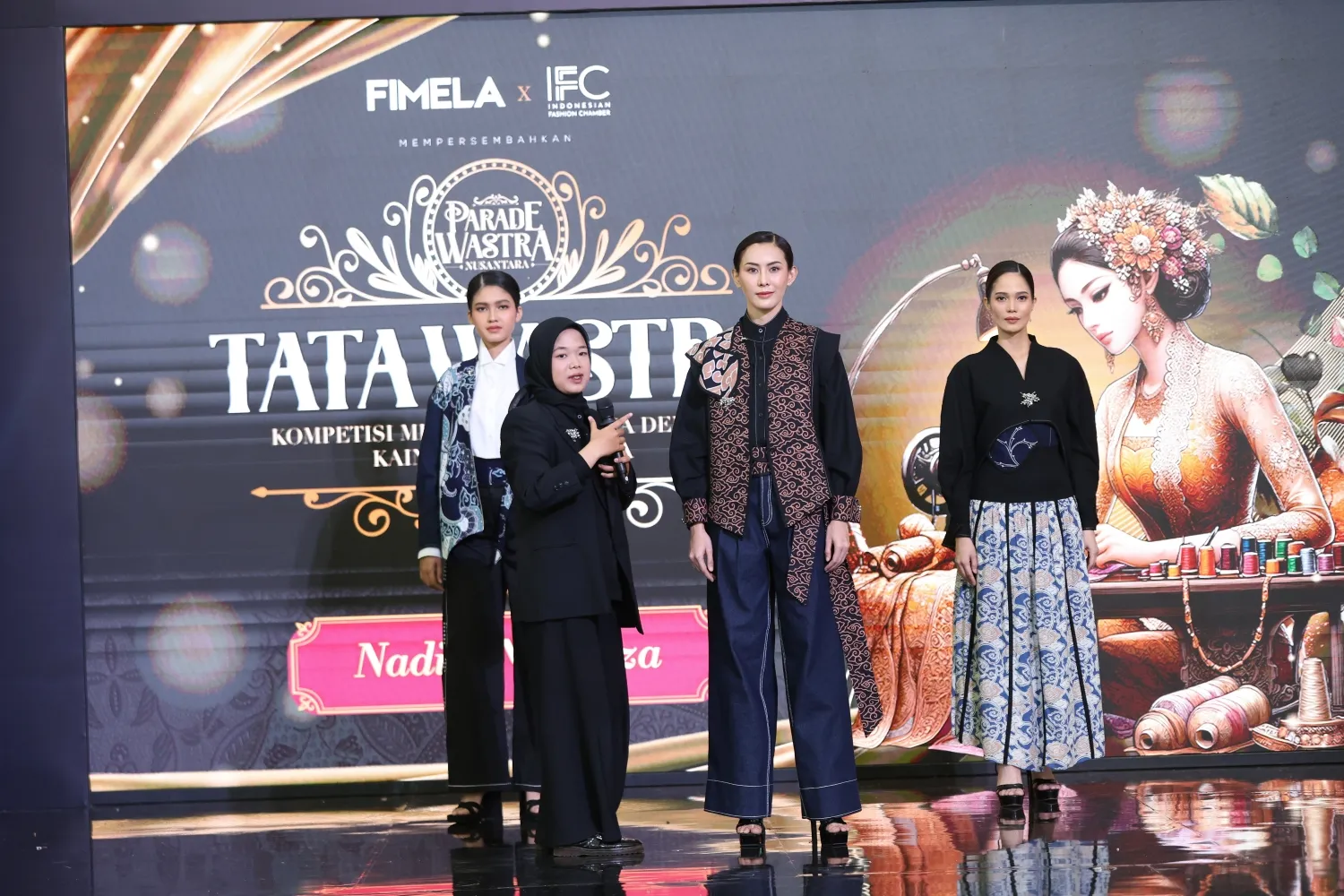
© KapanLagi.com/Budy Santoso
YUNARA comes from the word "Yun" (cloud in Chinese) and "Nusantara", symbolizing the spirit of cultural acculturation between Chinese and Javanese cultures. Inspired by the story of Admiral Cheng Ho and his encounter with Cirebon culture, this collection combines a palette of misty gray, sea blue, and earthy brown.
The silhouette of a sailor's cloak is transformed into loose and flowy garments, while the arches of the Kasepuhan Palace's architecture are realized through embossed embroidery techniques. Batik patchwork details resembling clouds and shimmering beading create a "raindrop" effect.
The materials used include Trusmi Mega Mendung Batik, navy writing cotton, a combination of Pangko, denim, semi-wool, and pleats, creating elegant and modern clothing that remains rich in philosophy.
4. Desi Dwi Lestari – Rima Pesisir
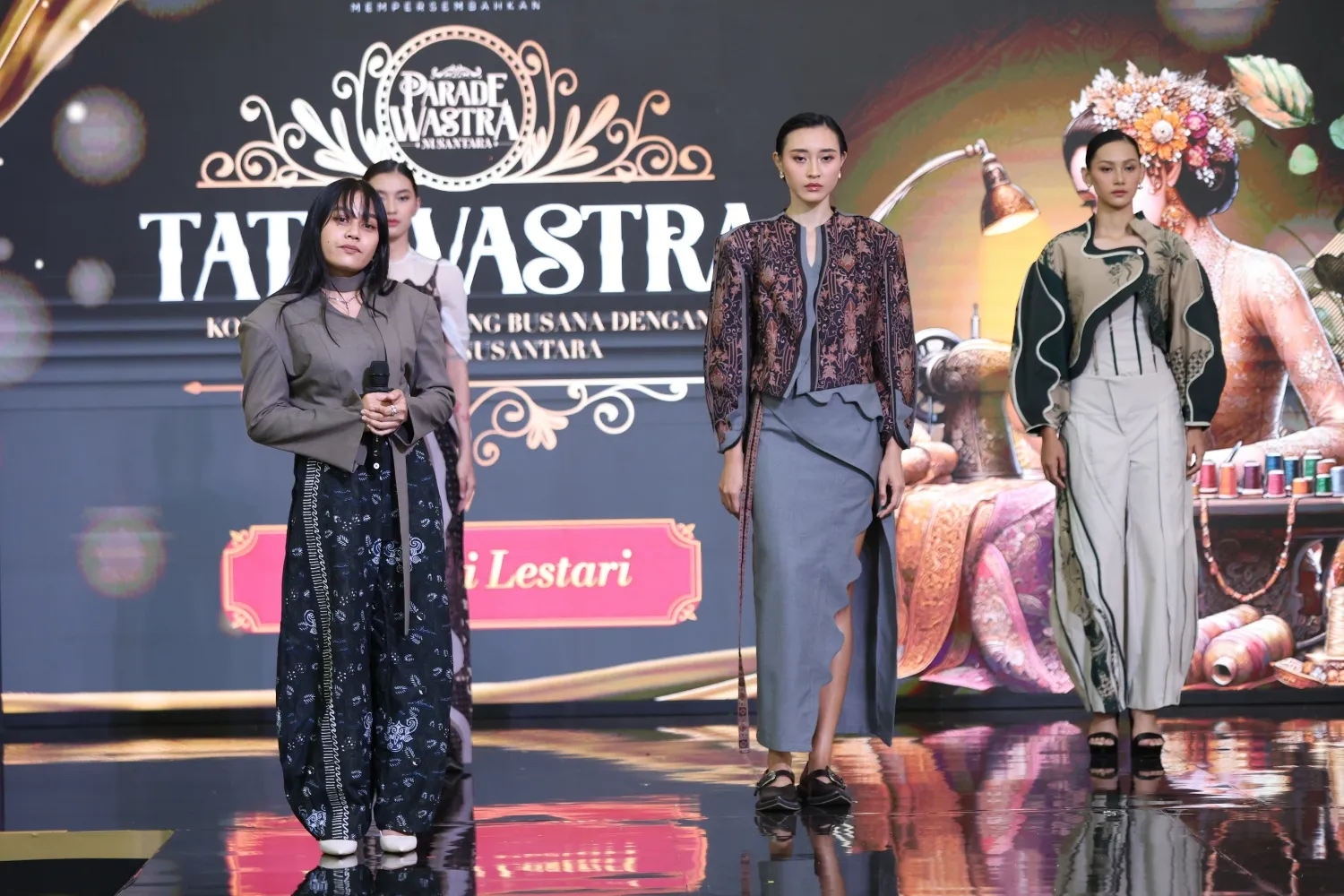
© KapanLagi.com/Budy Santoso
On the edge of the sea, waves and wind carry a story that flows softly. That is what Desi Dwi Lestari translated in Rima Pesisir. Using a blend of cotton, cuwiri, and the characteristic Mega Mendung batik of Trusmi, she presents a gently flowing silhouette combined with a firm structure inspired by coral reefs.
Her three main looks highlight contrasts: a long neutral-toned dress with dynamic circular batik accents, a structured coat that wraps the body like a protector, and layered clothing made of thin fabric with curves resembling wave patterns. The palette of sea blue, sand cream, and stone brown creates a visual harmony that radiates tranquility.
"The challenge lies in the details of the curved lines, as that is the hallmark of my design," said Desi about the creative process that took a month.
5. Human Jasir - Elegant Interpretation with a Modern Touch
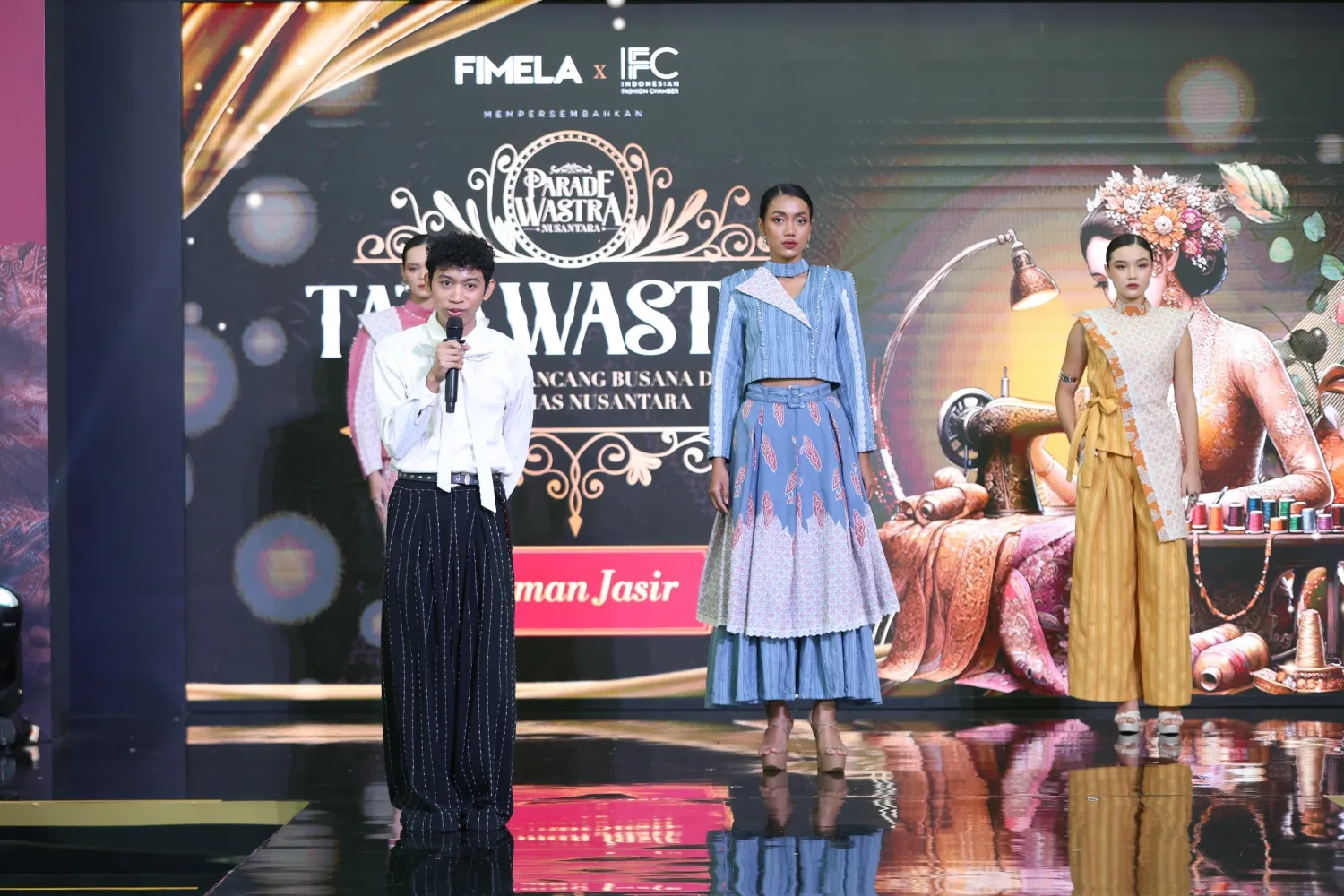
© KapanLagi.com/Budy Santoso
This former member of Ghea Indonesia offers a modern, clean, and chic style through strong character asymmetrical cuts. By combining dressmaking and semi-tailoring techniques, he transforms pastel Mega Mendung batik and kawung motifs into lightweight, feminine, and wearable outfits.
Materials such as jacquard cotton, floral lace, brocade, and embroidery blend to create layered textures that refresh the batik appearance. The palette of pink, orange, and bright blue provides dynamic energy while still radiating an elegant impression.
"The hope is that the wearer can look bright in aura," Jasir expressed.
Tata Wastra 2025 once again shows that batik is not only a cultural heritage but also an endless source of inspiration for young designers to transform it into elegant, relevant works that remain comfortable to wear in daily life.
With creativity, perseverance, and the courage to explore Batik Trusmi, Desi Dwi Lestari successfully achieved the first-place title. The second position was secured by Nadila Nurfaiza, while Ayu Nur Khofipah took third place, followed by Carron Angel and Human Jasir who also left a strong impression through their unique interpretations that blend tradition with modern touches.
(kpl/rsp)
Disclaimer: This translation from Bahasa Indonesia to English has been generated by Artificial Intelligence.
